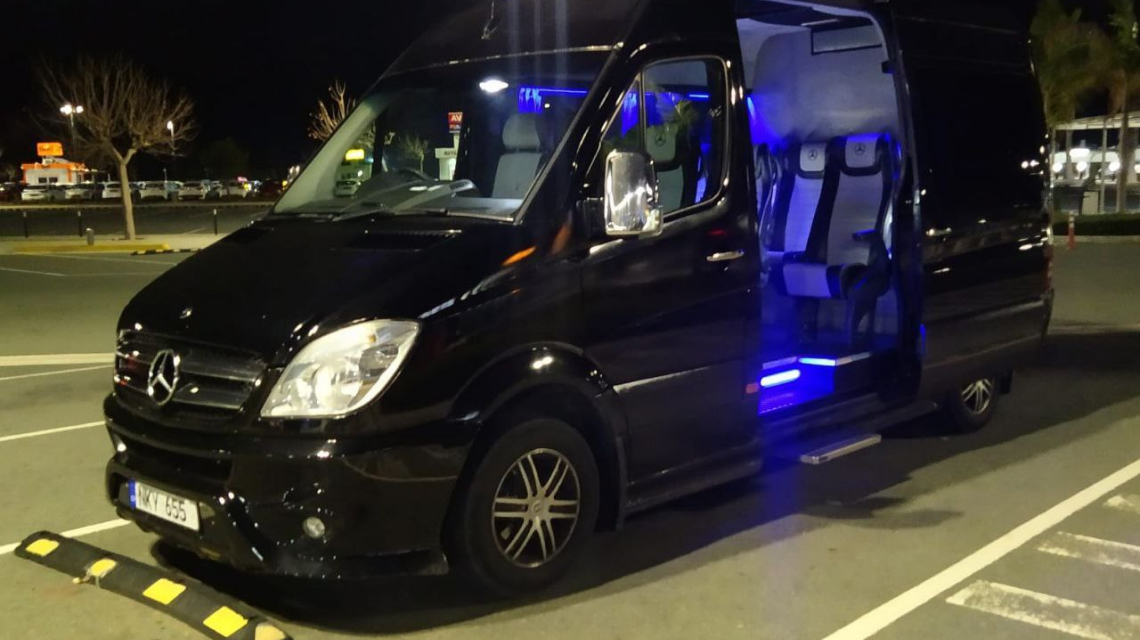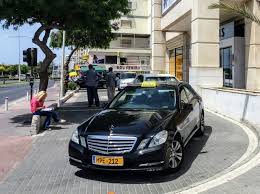
larnaca to paphos is a common journey for visitors and locals alike, connecting two of Cyprus’s most important coastal cities. Whether you’re arriving at Larnaca International Airport and heading west to Paphos, or planning a day trip to explore archaeological sites and picturesque villages, understanding the options available will make your transfer smooth and enjoyable.
Distance and travel time: Larnaca and Paphos are roughly 130 kilometers apart if you take the coastal and highway routes. Driving time typically ranges from 1 hour 30 minutes to 2 hours depending on traffic and the road you choose. The fastest route generally follows the A1 and A6 highways, passing near Limassol, while scenic coastal detours add time but reward travelers with sea views and opportunities to stop at beaches, cafes and historic sites.
Transport options: There are several ways to travel between the two cities, each suited to different budgets and preferences.
– By car: Renting a car is the most flexible option. The roads are well-maintained, signage is clear, and driving is on the left. A private car lets you stop whenever you like — popular stops include the ancient city of Kourion, Ladies Mile and Governor’s Beach. Fuel is reasonably priced compared to many European countries, but be mindful of toll-free motorways and occasional traffic around Limassol.
– By taxi or private transfer: For direct door-to-door service, taxis and private transfers are convenient. Prices are higher than public transport but the time savings and comfort often justify the cost, especially for groups or travelers with heavy luggage. Booking in advance is recommended during peak tourist seasons.
– By bus: Intercity buses are the most economical option. Buses run between Larnaca and Paphos with connections in Limassol. While the cheapest, buses follow fixed schedules and can be slower due to stops. They are reliable and a good choice for budget travelers who do not mind the longer journey.
– By shuttle or shared transfer: Shared shuttles combine affordability and convenience. These need pre-booking and may make a few stops to drop off passengers along the way. They are a good compromise for solo travelers seeking a middle ground between cost and comfort.
Scenic stops and attractions en route: The route from Larnaca to Paphos is packed with attractions. Kourion, with its Greco-Roman theatre and stunning cliff-top location, is a must-see. Limassol offers a lively marina, medieval castle and vibrant dining scene. West of Limassol, the Petra tou Romiou (Aphrodite’s Rock) near Paphos is a legendary spot associated with the birth of Aphrodite, and makes for memorable photos at sunset. Paphos itself is famous for the Paphos Archaeological Park, mosaics, the medieval harbour and nearby Tombs of the Kings.

When to travel: The best times to travel are spring and autumn when the weather is mild and attractions are not crowded. Summer brings hot temperatures and higher tourist numbers, which can affect driving times and availability of services. Winter is mild compared to northern Europe but may include rainy days; still, it’s often a peaceful time to visit archaeological sites without the crowds.
Cost considerations: Prices vary by mode of transport. Bus tickets are inexpensive and commonly the cheapest. Taxi and private transfers depend on vehicle type and service level; expect higher rates for late-night pickups from the airport. Renting a car has upfront costs (rental, insurance, fuel) but can be economical for groups. Bookings made in advance, especially for private transfers and car hires, often secure better rates.
Safety and driving tips: Cyprus drives on the left. If you rent a car, familiarize yourself with local road rules, speed limits and parking regulations. Watch for scooters and mopeds in towns and respect pedestrian crossings. Avoid driving tired after a long flight; consider a taxi or pre-arranged transfer from the airport if you need to rest. Always carry identification, insurance documents and emergency contact numbers.
Planning logistics: If you arrive at Larnaca Airport and have onward plans in Paphos, consider timing, luggage and connection windows. Allow buffer time for customs and baggage collection. If you have a tight schedule, a private transfer ensures punctuality. For more flexibility and a relaxed pace, rent a car and build stops into your route to enjoy landscapes and attractions along the way.
Local tips to enhance your journey: Pack water and sun protection for outdoor sites, but also bring layers for cooler evenings near the coast. Try local tavernas in Limassol for fresh meze or seafood. If you want photography opportunities, aim for sunrise at coastal locations and sunset near Aphrodite’s Rock. Keep small change for tolls (where applicable) and tips; while tipping is not mandatory, it’s appreciated for good service.
Environmental considerations: If minimizing carbon footprint is important, look for shared transfers or consider renting a fuel-efficient or hybrid vehicle. Public transport is a low-impact choice, and many tour operators now offer eco-conscious options for guided visits to archaeological sites and nature reserves.
Accessibility: Most modern taxis and private transfer services can accommodate passengers with mobility needs if notified in advance. Archaeological parks and major attractions often have accessible pathways, but some historic sites include uneven surfaces and steps. Plan ahead and contact sites to check specific accessibility provisions if you have concerns.
Final recommendations: Choosing the best way to travel larnaca to paphos depends on your priorities. For speed and convenience, a private transfer or taxi is ideal. For freedom to explore, renting a car is best. For those watching their budget, the bus offers reliable and affordable travel. Whatever you choose, allow time for crossings and stops — the route offers cultural, historical and scenic rewards that are worth exploring at a relaxed pace.
In short, the journey between Larnaca and Paphos is more than just a transfer — it’s an opportunity to discover coastal landscapes, ancient ruins and the warm hospitality of Cyprus. Plan according to your needs, book essential services in advance during high season, and leave room for spontaneous stops: they often become the most memorable parts of the trip.

Comentarios recientes